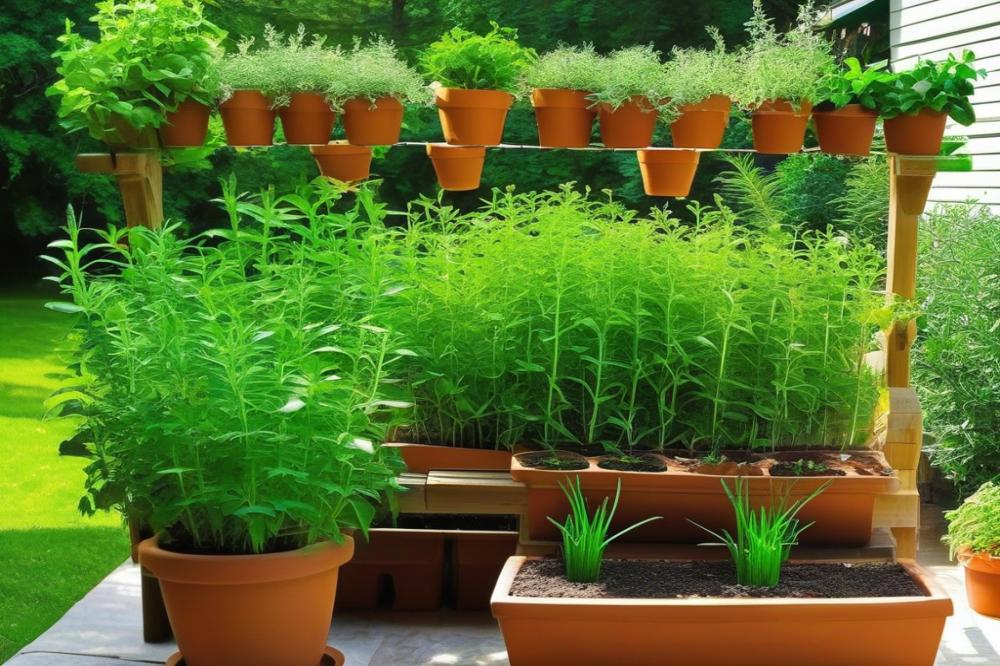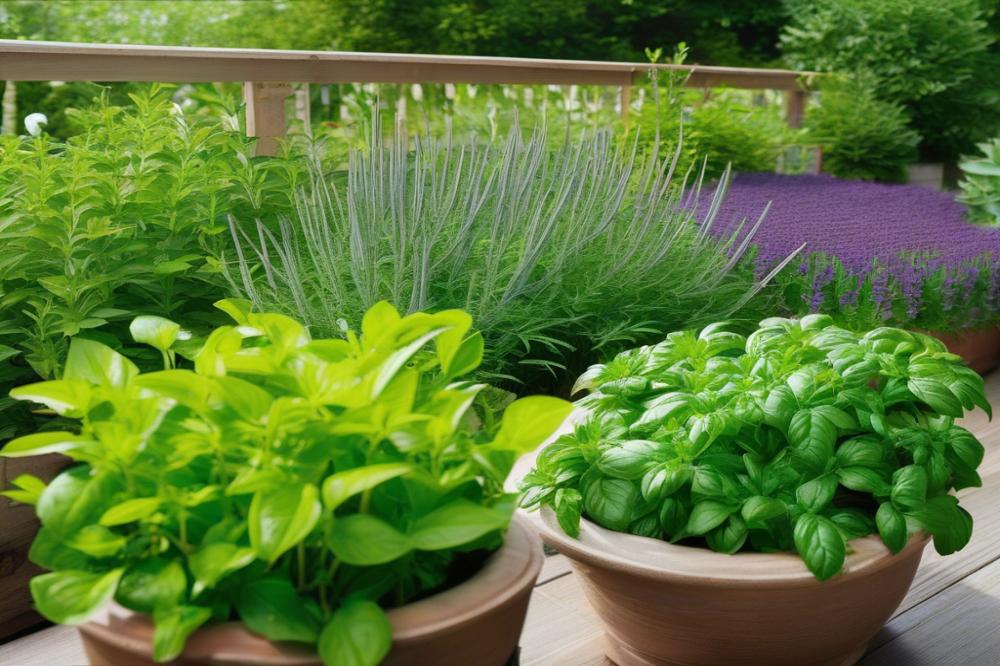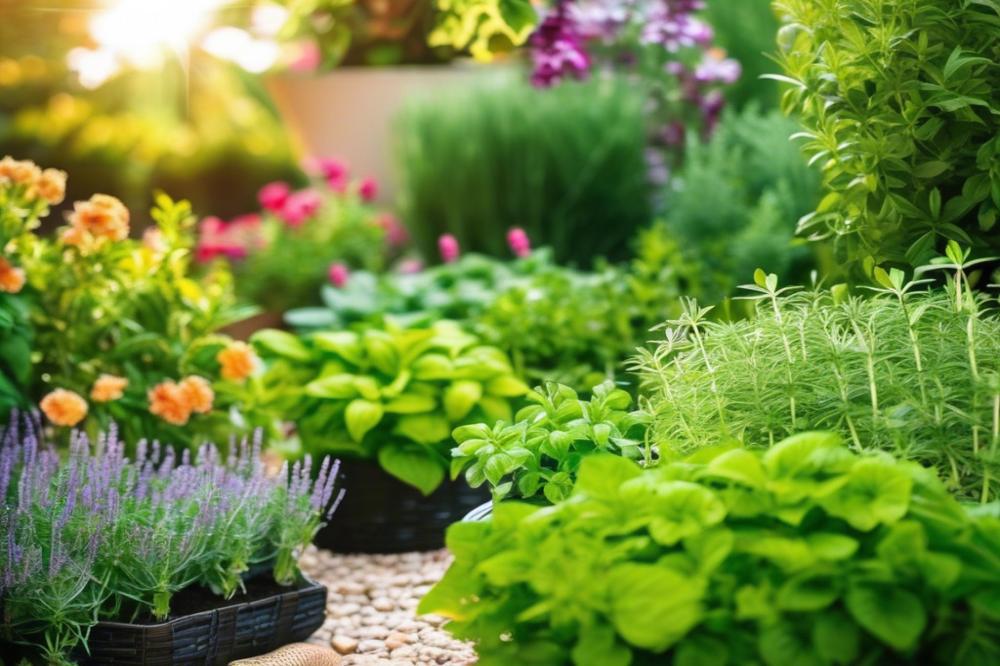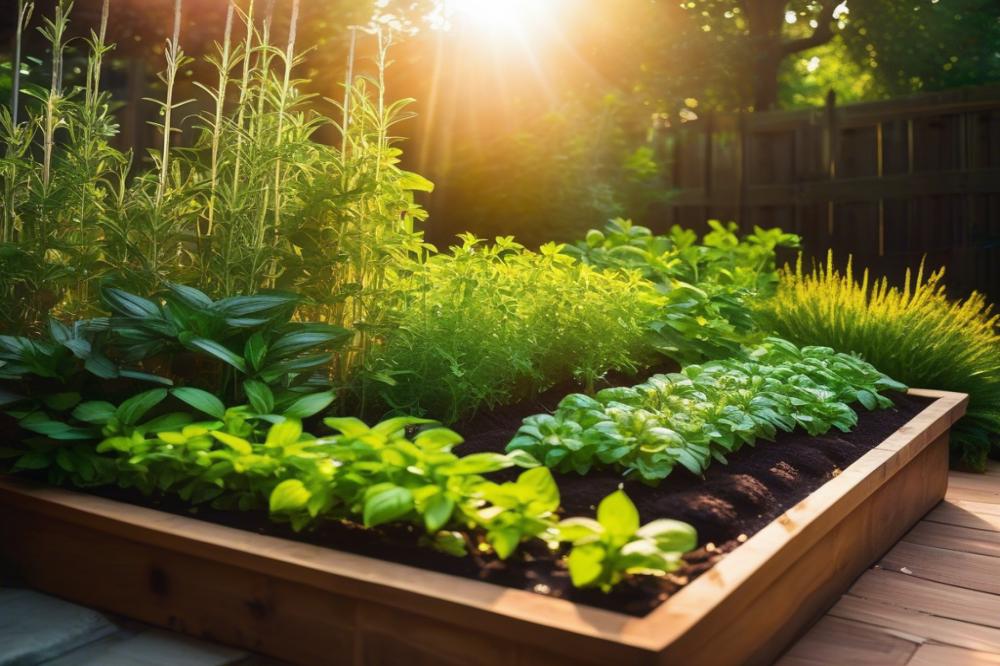The Importance of sunlight in herb gardening
herb gardening is a rewarding and delightful way to grow various plants that can enhance meals and provide aromatic elements to any dish. Understanding how sunlight influences plant health is crucial in this endeavor. Proper light exposure is essential for photosynthesis, the process through which plants turn light into energy. Without sufficient sunlight, growth can be stunted, leading to less flavorful leaves and lower crop yield.
Every herb has its own light requirements. Some varieties thrive in bright, direct sunlight, while others flourish in partial shade. For instance, outdoor herbs like basil and rosemary often need full sun to reach their peak flavor and aroma. In contrast, certain indoor herbs may adapt better to lower light conditions. Recognizing these differences can be instrumental in garden planning.
During photosynthesis, chlorophyll in the plant cells absorbs light, enabling the conversion of carbon dioxide and water into glucose. This process not only supports the plant’s growth but also contributes to its overall health. Seasonal herbs can vary in their needs, making it vital to adapt gardening tips for each type of herb and its respective light requirement. A well-placed herb garden, whether indoors or outdoors, can produce an abundance of fresh flavors for your kitchen.
If you’re new to herb gardening, remember that the right balance of light, along with other environmental factors, will promote optimal growth. Being mindful of these light conditions will help ensure your plants grow healthy and robust. Ultimately, understanding the role of sunlight in herb gardening can lead to bountiful harvests and an enjoyable gardening experience.
Understanding Sunlight and Its Role in Photosynthesis


Photosynthesis is a process that is vital for plants. During this process, they convert light energy into chemical energy. Utilizing sunlight, plants take in carbon dioxide from the air and water from the soil. Inside their leaves, a remarkable transformation occurs. Chlorophyll, the green pigment in leaves, absorbs light. This energy triggers reactions that convert carbon dioxide and water into glucose and oxygen. Glucose serves as food, while the oxygen is released into the atmosphere.
Growth in both indoor and outdoor herbs greatly depends on the availability of light. Each type of herb has specific light requirements. Some herbs thrive in bright sunlight, while others prefer partial shade. This is essential information for successful garden planning. For example, basil and cilantro flourish during the day in full sun, producing lush leaves. On the other hand, mint and parsley often do well with less direct light. Understanding these needs can help maximize crop yield.
When considering seasonal herbs, sunlight plays an equally important role. Plants that receive adequate light are often more vigorous and resilient. They tend to produce richer flavors and more aromatic smells, crucial for culinary use. This quality can make all the difference in a dish. Meanwhile, indoor herbs might struggle if they are not placed near windows or under grow lights. As any gardener knows, location and lighting can make or break a harvest.
For those tending to outdoor herbs, gardening tips emphasize observing the light patterns in your garden. Shadows from trees or buildings can influence where herbs grow best. Knowing when and where to plant can save time and effort. Ensuring that herbs receive the right amount of light not only promotes their growth but also enhances their overall quality. With the right conditions, herbs can flourish, bringing joy to any gardener.
Light Requirements for Different Types of Herbs


Herbs thrive on light. Different plants have varied needs when it comes to light. Outdoor herbs often require more sunlight than those grown indoors. For example, basil and rosemary need at least six hours of direct sunlight each day. These plants will grow vigorously in a garden setting. However, without adequate exposure, their growth can plateau.
Indoor herbs, like thyme and parsley, tend to adapt well to lower light conditions. They may grow successfully in a kitchen window, benefiting from indirect light. Using grow lights can also be a good option for indoor gardening. This mimics natural light and can enhance photosynthesis, boosting growth rates. When planning your indoor herb garden, consider the available light sources.
Seasonal Herbs and Their Requirements
Seasonal herbs have specific light needs that depend on the time of year. Spring and summer herbs, such as cilantro and dill, typically flourish under bright conditions. As they grow, these plants require attention to keep their crop yield high. In contrast, winter herbs like sage adapt to cooler temperatures and lower light. Templates for garden planning should account for these shifts in light quality.
Recognizing the growth patterns of each herb is essential for successful gardening. Some herbs may become leggy if they don’t receive enough light. Others might be stunted in growth or fail to produce full flavor without sufficient exposure. It’s important to keep these factors in mind as you garden.
Understanding the unique requirements of each type of herb will lead to better results. Regularly monitoring light conditions helps in adjusting care routines. Taking the time to learn these nuances will ultimately enhance your herb gardening experience.
Garden Planning for Optimal Sunlight Exposure


Planning a garden is essential. To maximize light exposure, select the right location for your herbs. Most plants thrive in direct sun, so choosing a spot that receives adequate rays throughout the day is crucial. Consider areas that aren’t shaded by trees or buildings. If you have a small yard, look for the sunniest corner. This strategy can lead to better growth and a more bountiful harvest.
Understanding the light requirements of your chosen herbs can greatly improve crop yield. Some herbs, like basil and rosemary, enjoy full sun, while others prefer partial shade. When deciding where to plant, think about the growing patterns of sunlight as the seasons change. In summer, the sun tracks higher in the sky compared to winter. This is an important factor for both outdoor herbs and indoor herbs. Positioning them thoughtfully can combat varying light levels and enhance their growth.
Seasonal herbs add diversity to your garden. To get the most out of them, check how much light your planned area receives at different times of the year. If you choose to grow herbs that need less sun in the fall or winter, make sure they are planted in areas that still get enough light despite seasonal changes. Applying these gardening tips will help you adjust your planting strategy effectively.
Keep in mind that some herbs can thrive in limited light. Mint and parsley can grow well even in shadier spots. This allows you to optimize your garden’s layout and make room for both sun-loving and shade-tolerant plants. Think about creating layers in your garden, with taller plants in front and shorter ones behind to avoid blocking any precious light. A well-planned garden can be an efficient space, promoting better photosynthesis and overall plant health.
Impact of Sunlight on Crop Yield and Overall Plant Health


Herb gardening thrives on the right amount of light. Light is crucial for plants, as it fuels photosynthesis. This process allows herbs to transform light into energy, promoting growth. Without sufficient exposure to sunlight, yield often suffers. Herbs like basil, cilantro, and mint have specific light requirements that must be met for optimal output.
When herbs do not receive enough light, they tend to become leggy. This means they stretch towards the light source, resulting in weak stems. Weak plants are less likely to produce flavorful leaves. Furthermore, growth may slow down significantly. Eventually, insufficient light can lead to stunted plants, diminishing crop yield and overall quality. Indoor herbs are particularly vulnerable. These plants often rely on artificial lights to supplement natural sunlight.
Aside from weak growth, lack of light can cause other issues. Fungal diseases may take hold more easily in shaded areas, as the moisture can linger longer. Nutrient deficiencies also arise since unhealthy plants cannot properly absorb minerals from the soil. In outdoor environments, shading from trees or buildings can create challenges. Planning your garden layout carefully can mitigate some of these complications.
Seasonal herbs offer a chance to tailor your gardening strategies. Choosing the right time to plant can enhance sunlight exposure. Positioning pots and beds where they will capture maximum light is essential. Gardening tips often emphasize the importance of tracking the sun’s path throughout the day. This knowledge allows gardeners to adjust their settings or select appropriate species for their garden conditions.
For those growing herbs indoors, consider rotational planting. Moving pots to different locations can ensure that each plant receives adequate exposure. Use supplemental grow lights if natural options are limited. Understanding these dynamics makes a huge difference in achieving vibrant plants. Healthy, well-lit herbs not only look better but also taste richer.
Gardening Tips for Maximizing Sunlight in Herb Gardening
Maximizing exposure to sunlight is essential for healthy herb growth. When planning your garden, consider the light requirements of your plants. Some herbs thrive in full sun, while others prefer partial shade. Understanding these needs can greatly influence your crop yield.
Using reflectors can enhance light conditions. Mirrors or other reflective materials placed around your garden can direct more sunlight onto your herbs. This is especially helpful in shady areas. Reflectors can capture that precious light and distribute it more evenly among your plants.
Spacing herbs appropriately also helps. Crowded plants compete for what little light is available. By giving each plant room to breathe, you encourage better growth. Adequate spacing improves air circulation too, reducing the risk of diseases.
Indoor herbs may face challenges with limited light. Consider placing plants near windows that receive direct sun. Grow lights can be a good alternative when natural light is lacking. Choosing the right bulbs can simulate those ideal conditions for photosynthesis.
Moving outdoor herbs seasonally can adjust exposure based on the sun’s path. Gardens that receive morning light and afternoon shade can benefit from this. Be mindful of how the sun moves across the sky throughout the year. Regularly adapting your layout will help maintain optimal light for growth.
Plant tall herbs on the north side of your garden. This prevents them from casting shadows on shorter plants. Layering plants based on height takes advantage of available light. Diversity in plant size can create a unique and efficient garden layout.
Monitor your herbs regularly. If they appear leggy or stretched, they may not be getting enough light. Make adjustments as necessary to ensure healthy growth. Keeping a close eye on their development provides insights into their light needs.
Lastly, don’t forget about seasonal herbs. These plants might have different light requirements as seasons change. Recognizing these shifts allows you to adapt your gardening tips accordingly. Pay attention to growth patterns and adjust your garden planning with each new season.
The Vital Role of Light in Herb Gardening
Proper light management plays an essential role in cultivating a thriving herb garden. A sufficient amount of natural energy can significantly influence the growth and health of your plants. Different herbs have varying light requirements, making it crucial to understand what your specific varieties need. For instance, basil loves full sunlight, while parsley prefers a bit of shade.
Without enough light, herbs can become leggy or unable to develop flavor. Such conditions can lead to disappointing harvests and hindered growth. Providing the right amount of light can mean the difference between vibrant, flavorful herbs and weak, bland ones.
Balancing sunlight and shade is vital in creating an ideal environment. Consider using reflective surfaces or light-filtering structures in your garden. Additionally, rotating pots can help all sides of the plants receive equal light throughout the day. This practice can improve their overall health and boosts your gardening success.
Ultimately, taking the time to understand and manage light conditions will result in a more productive herb garden. Happy gardening!



